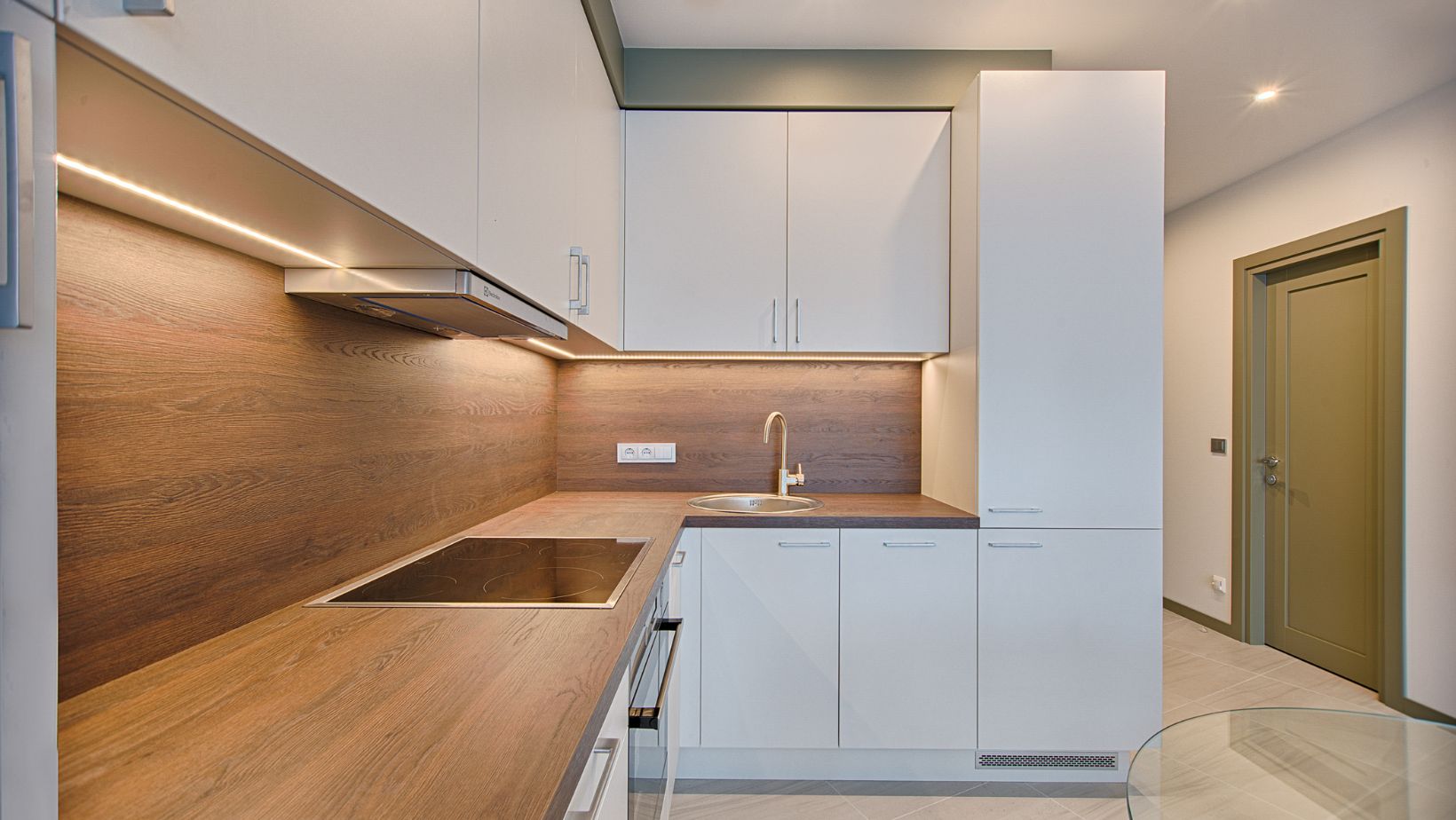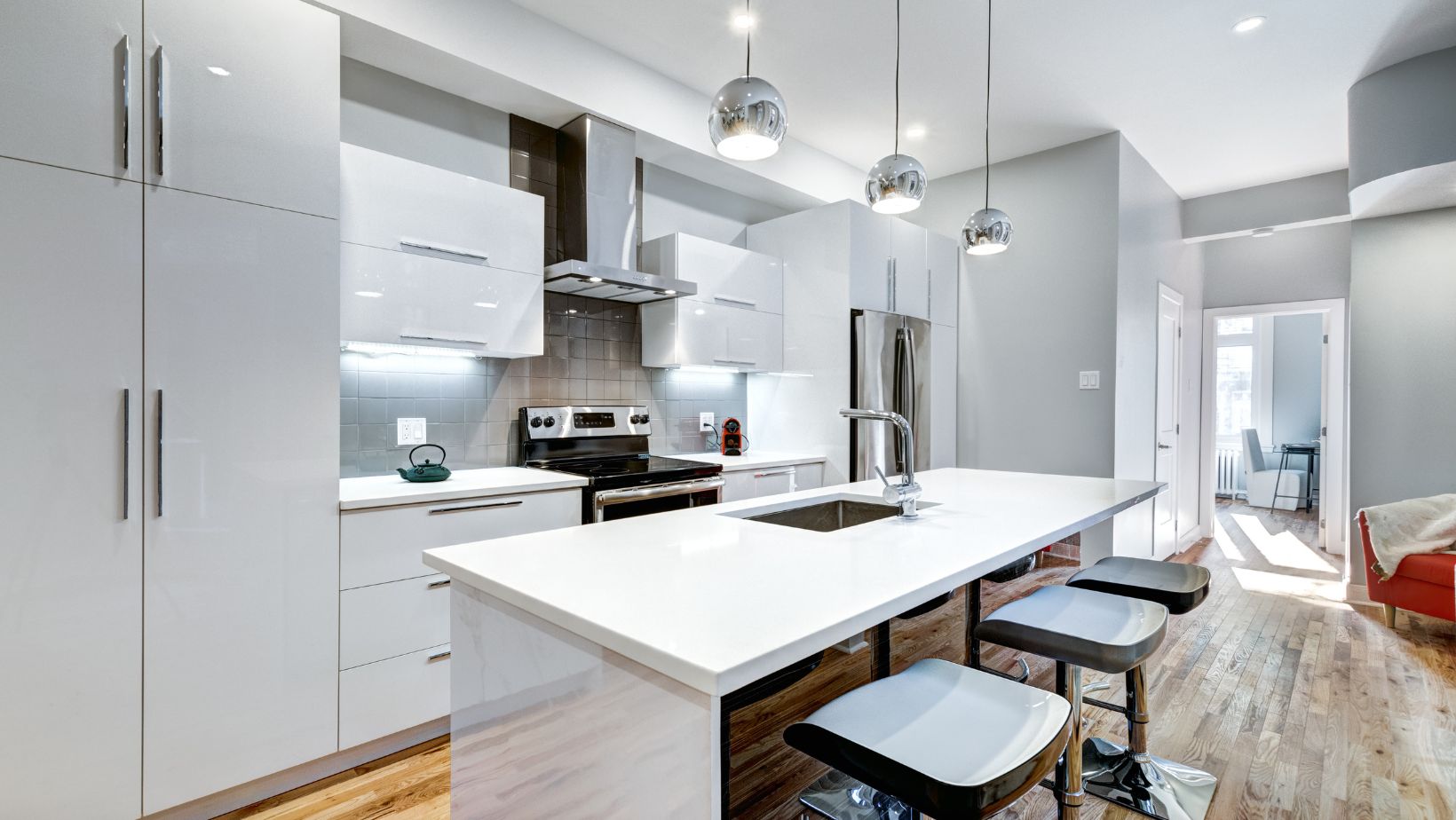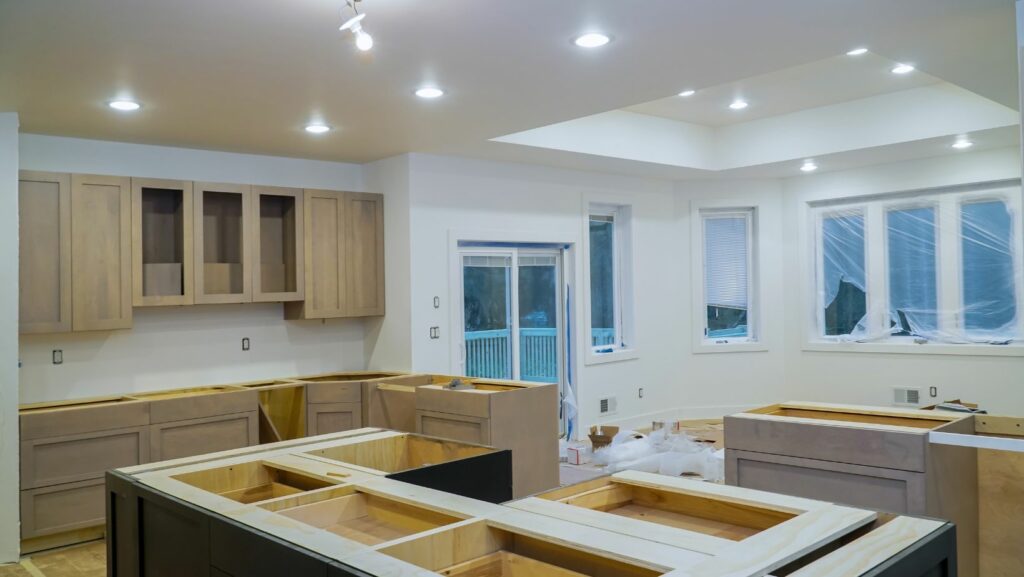More than just a place to prepare food, a kitchen serves as the center of a house, a meeting area, and an environment that fosters creativity. Finding a balance between design and utility in renovating your kitchen is crucial for creating a place that is both useful and welcoming, regardless of your level of cooking experience. This post offers advice and creative ideas to improve your kitchen while examining how to achieve the ideal balance.
Recognizing the Objectives of Kitchen Remodeling
Setting goals is essential before beginning a kitchen makeover. Are you looking for a more contemporary look, improved workflow, or additional storage? Determining your needs will assist in directing design choices and guarantee that each component adds to both appearance and usefulness. 
Functionality entails improving the equipment, lighting, storage options, and layout to maximize cooking and cleaning efficiency. Aesthetics are the main emphasis of style, which includes furnishings, colors, and materials that represent individual preferences and current trends.
Putting the Kitchen Layout First
A functioning kitchen is built on a foundation of thoughtful arrangement. The main attention should be on the link between the refrigerator, sink, and stove, sometimes known as the kitchen work triangle. Workflow is improved and needless mobility is minimized by keeping clear routes between these important regions. Think about common layouts like:
- Kitchens with a L shape are great for making the most of corner space.
- U-shaped kitchens: Offer lots of storage and counter space.
- Open-plan kitchens foster social interaction by fusing the kitchen and living spaces.
Intelligent Storage Options
One essential component of functioning is storage. In order to prevent clutter, modern kitchen renovations frequently include creative storage solutions:
- Pull-out pantry drawers: Make the most of available space and ease of access.
- Corner carousels: Make good use of difficult corner areas.
- Vertical storage may be added to above cabinets without sacrificing design.
- Open shelving: Provides a clean, simple appearance by combining display and storage.
Selecting Appliances Sensibly
Any kitchen remodel requires a large investment in appliances. When choosing appliances:
- To save money on utilities, choose models that use less energy.
- For a sleek appearance, go for built-in appliances.
- Think of smartphone-controlled smart appliances that offer convenience and a contemporary touch.
Lighting’s Function
In the kitchen renovations, lighting has two purposes: it creates atmosphere and facilitates operation. A common tactic is layered lighting, which includes:
- Task lighting: Provides illumination for work surfaces such as stoves and counters.
- A cozy, welcoming ambiance is produced by ambient lighting.
- Accent lighting: Draws attention to decorative or architectural details. LED strips beneath cabinets or pendant lights above an island are both fashionable and practical options.
Selection of Material and Color
The overall design of the kitchen is greatly influenced by the selection of colors and materials. Here are a few creative suggestions: Granite and quartz countertops are elegant and long-lasting. Think of a waterfall edge for a striking effect.
- Cabinets: To provide depth and contrast, two-tone cabinets and matte finishes are popular right now.
- Backsplashes: Although subway tiles are classic, metallic accents and geometric designs may give them a modern feel.
- Color schemes: Bold shades like blue or emerald green offer individuality, while neutrals like white, gray, and beige produce a crisp, contemporary appearance.
Planning and Budgeting
Careful budgeting is necessary for a kitchen makeover to be successful. Set aside money for:
- Necessary components, such as appliances and cabinets.
- Unforeseen expenses like electricity upgrades or structural maintenance.
- Last details that improve comfort and style.
- Working with a qualified contractor or designer can help keep expenses in check without sacrificing quality.
Eco-Friendly Kitchen Remodeling
In kitchen renovations, eco-friendly options are becoming more and more popular. Choose:
- Eco-friendly materials, such as recycled glass or bamboo.
- Energy-efficient appliances and water-saving fixtures.
- Cabinets with built-in recycling stations.
Concluding Remarks
In kitchen renovations, striking a balance between design and utility requires careful planning and close attention to detail. You may design a kitchen that fulfills functional requirements and expresses your individual style by paying attention to layout, storage, lighting, materials, and customization. 
The correct decisions will turn your kitchen into a place you’ll appreciate for many years to come, regardless of your preference for a sleek modern design or a warm classic aesthetic.
